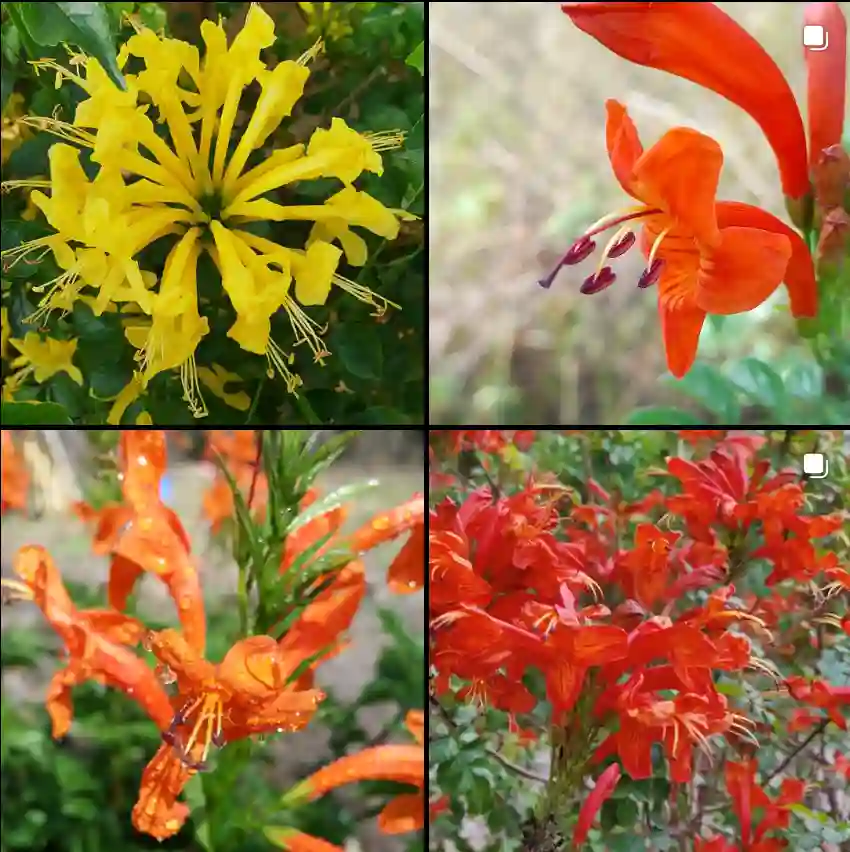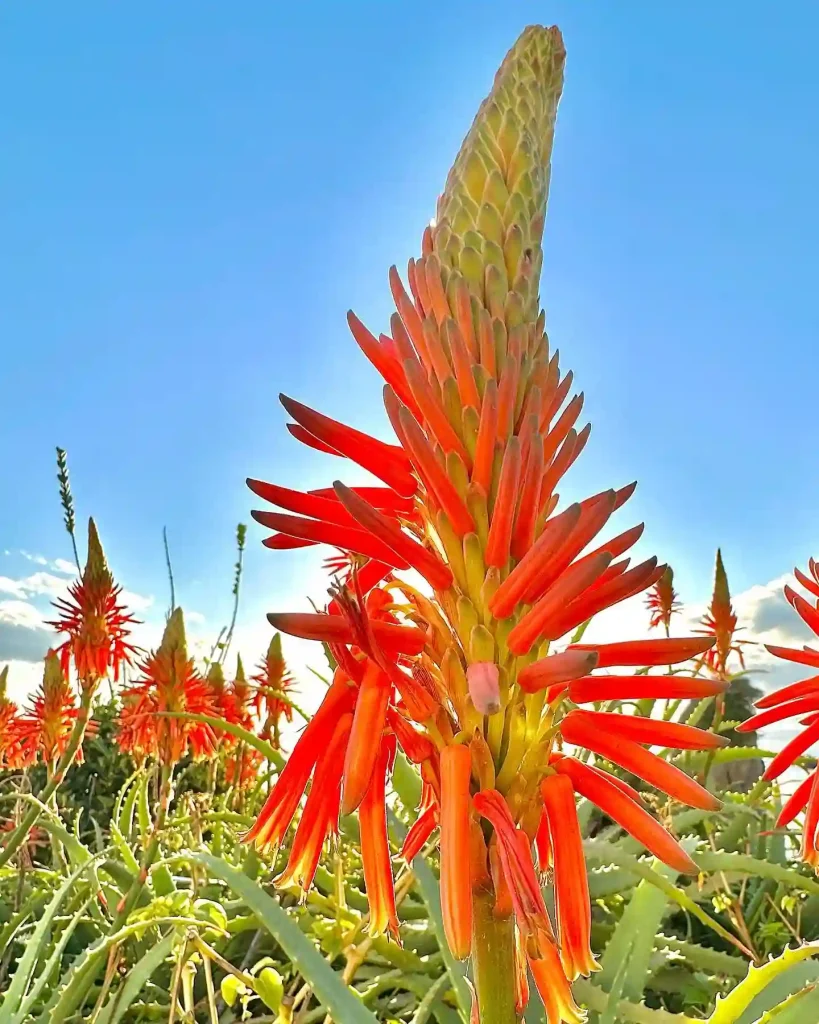The Unassuming Charm of Samolus: A Botanical Exploration
My name is Ferb Vu, and while I might not be a renowned botanist, I harbor a deep fascination for the plant world. Today, I want to share my appreciation for a genus that often gets overlooked: Samolus. These humble plants, commonly known as brookweeds or water pimpernels, might not boast the vibrant hues of orchids or the towering presence of redwoods, but they possess a quiet beauty and ecological significance that deserves recognition.
Understanding the Samolus Genus
Samolus is a genus of about 14 species of flowering plants belonging to the primrose family, Primulaceae. They are typically found in wet environments like marshes, riverbanks, and coastal areas. Their distribution spans the globe, with species present in temperate and subtropical regions of both hemispheres.
What I find particularly interesting about Samolus is its adaptability. While most species prefer damp conditions, some have evolved to tolerate drier habitats. This resilience is reflected in their morphological diversity. Some species, like Samolus valerandi, are small, creeping herbs, while others, like Samolus repens, can grow into larger, shrubby forms.
A Closer Look at Samolus Species
- Samolus caespitosus: This compact species is known for forming dense mats of small rosettes, often found in rocky, moist habitats. Its delicate white or pale pink flowers add a subtle charm to its low-growing habit, making it a unique addition to naturalistic landscapes.
- Samolus cinerascens: Characterized by its silvery-gray foliage, Samolus cinerascens stands out among other species for its striking color and resilience. Commonly found in arid, saline environments, this species is well-adapted to harsher conditions and is often seen with clusters of small white flowers.
- Samolus dichondrifolius: A petite plant with round, trailing leaves, Samolus dichondrifolius thrives in marshy or sandy soils. Its foliage resembles that of the Dichondra genus, with small, white star-shaped flowers that bloom close to the ground, adding a dainty touch to wetland settings.
- Samolus ebracteatus: Found in coastal regions and salt marshes, Samolus ebracteatus has narrow, succulent leaves adapted to salt tolerance. Its small, white flowers appear on stalks, making it a distinctive plant that’s often associated with saline habitats.
- Samolus eremaeus: This species is native to arid inland regions, where it grows as a compact, drought-tolerant plant. Its narrow, pointed leaves and white flower clusters lend a delicate aesthetic to dry landscapes, showing surprising resilience to low water conditions.
- Samolus junceus: Known for its rush-like, narrow leaves, Samolus junceus is commonly found along coastal and brackish water environments. The slender, upright foliage and small white flowers give it a refined, minimalistic look, well-suited to marshy areas.
- Samolus latifolius: With broader leaves than most in its genus, Samolus latifolius has a lush, green appearance and clusters of tiny, bell-shaped white flowers. This species is often found in marshes or wet meadows, thriving in moist, nutrient-rich soils.
- Samolus parviflorus: As its name suggests, this species has particularly small flowers, which are white and star-shaped. Samolus parviflorus is a low-growing plant that often inhabits wetlands and marshes, its modest form blending seamlessly into damp, grassy landscapes.
- Samolus porosus: Known for its porous, slightly succulent leaves, Samolus porosus is commonly found in salty or sandy soils. This species bears tiny white flowers that bloom along its upright stems, lending a delicate look to the harsh coastal environments it typically occupies.
- Samolus repens: Also known as creeping brookweed, Samolus repens has a sprawling growth habit that enables it to form dense ground covers in moist coastal and marshy areas. Its tiny white flowers and small, glossy leaves make it ideal for erosion control in wet, sandy soils.
- Samolus spathulatus: With spade-shaped leaves and a compact, rosette-forming habit, Samolus spathulatus is often found in moist, open grasslands. This species produces clusters of small white flowers that appear in a subtle, understated fashion among the greenery.
- Samolus subnudicaulis: Native to wet, coastal environments, Samolus subnudicaulis features sparsely leafy stems with clusters of small, white flowers at the top. Its foliage is modest, focusing visual interest on its flower clusters in marshy or saline soils.
- Samolus vagans: This migratory species, adapted to moist habitats, is known for its highly variable forms depending on local conditions. It produces small white flowers and soft, green leaves, which can change in shape and size depending on moisture availability.
- Samolus valerandi: Known as seaside brookweed, Samolus valerandi is a widespread species that thrives in saline or freshwater wetlands. Its smooth, dark green leaves and delicate white flowers create an attractive contrast, making it a hardy, resilient plant suited to wetland ecosystems.
The Allure of Simplicity
Samolus plants may not be showy, but their simple elegance is what draws me to them. Their small, delicate flowers, often white or pale pink, possess a subtle beauty that speaks volumes. The way they cluster in racemes or rise gracefully from the foliage is a testament to nature’s artistry.
Moreover, Samolus plays a crucial role in their respective ecosystems. They provide habitat and food sources for various insects and other small creatures. Their presence contributes to the biodiversity and ecological balance of their environments.
A Call for Appreciation
In a world that often prioritizes the flashy and flamboyant, it’s easy to overlook the understated charm of plants like Samolus. However, I believe that true beauty lies in appreciating the diversity and complexity of all life forms, regardless of their size or prominence.
I encourage everyone to take a moment to notice the Samolus plants in their local wetlands or coastal areas. Observe their delicate flowers, their resilient nature, and their contribution to the ecosystem. You might be surprised by the beauty and wonder you discover in these unassuming plants.
If i die, water my plants!



